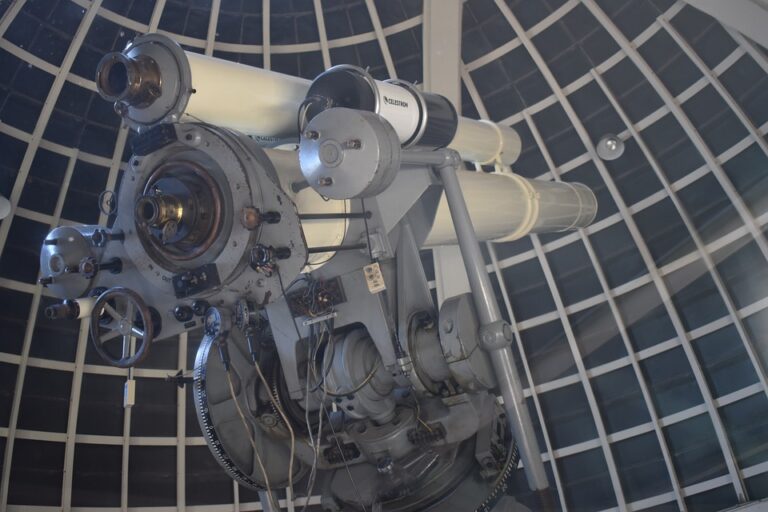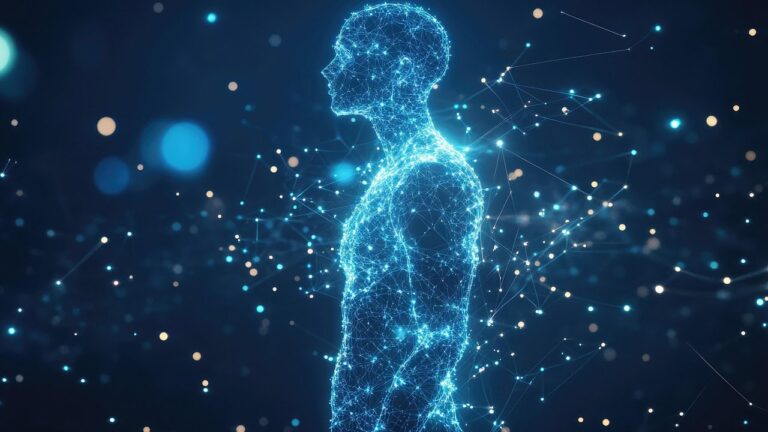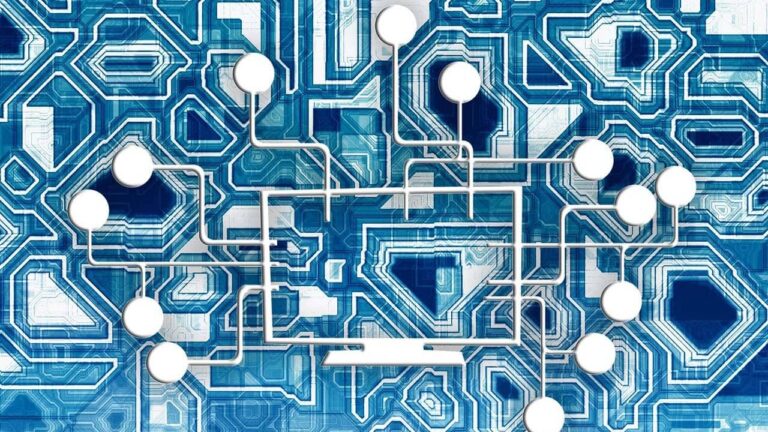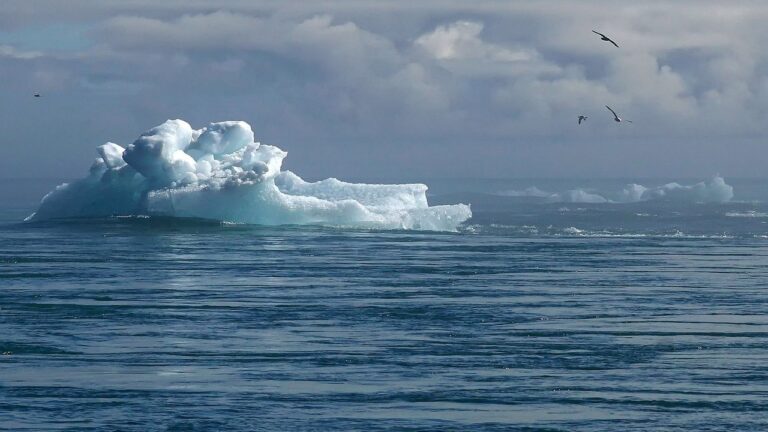Microplastics in the Environment: A Growing Concern

In recent years, the issue of microplastics has emerged as a significant environmental challenge. These tiny plastic particles, less than 5mm in size, have infiltrated ecosystems worldwide, posing threats to wildlife, human health, and the environment.
Understanding the sources, impacts, and potential solutions to microplastic pollution is crucial to addressing this growing concern.
What Are Microplastics?
Microplastics are small plastic fragments that result from the breakdown of larger plastic debris or are manufactured intentionally for specific applications. They are categorized into two main types: primary and secondary microplastics.
Primary microplastics are intentionally manufactured small plastics, like microbeads found in cosmetics and personal care products. Secondary microplastics, on the other hand, result from the degradation of larger plastic waste due to environmental factors such as UV radiation and mechanical abrasion.
Sources of Microplastics
Microplastics originate from various sources, infiltrating nearly every corner of the globe. Some significant sources include:
- Consumer Products: Many personal care products, such as exfoliants and toothpaste, historically contained microbeads. Despite bans in several countries, these products continue to contribute to microplastic pollution in regions where regulations are not enforced.
- Synthetic Clothing: Washing synthetic textiles, like polyester and nylon, releases microfibers into wastewater systems. Without adequate filtration, these fibers end up in aquatic environments.
- Plastic Waste: Improper disposal and inadequate waste management lead to the breakdown of larger plastic items into microplastics.
- Industrial Processes: Industrial applications, such as sandblasting, can introduce microplastics into the environment.
- Automotive Tire Wear: As vehicles travel on roads, tire wear releases microplastic particles into the air and waterways.
Impacts of Microplastics on the Environment
The pervasive presence of microplastics in the environment has far-reaching implications. These impacts are not only ecological but also have potential repercussions for human health.
Ecological Impacts
Microplastics have been detected in various ecosystems, from the deepest ocean trenches to remote mountain peaks. They pose several ecological risks:
- Ingestion by Marine Life: Marine organisms, from plankton to large mammals, mistakenly consume microplastics. This ingestion can lead to physical harm, such as internal blockages, and chemical harm, as microplastics can absorb and concentrate toxic pollutants.
- Food Chain Contamination: Once ingested by smaller organisms, microplastics can move up the food chain, reaching higher trophic levels, including fish consumed by humans.
- Habitat Disruption: Microplastics can alter the physical and chemical properties of habitats, affecting species that rely on specific environmental conditions.
Human Health Risks
While research is ongoing, the potential risks of microplastics to human health are becoming increasingly apparent:
- Consumption Through Food and Water: Microplastics have been found in drinking water and various foods, including seafood. Their ingestion raises concerns about the long-term health effects.
- Chemical Exposure: Microplastics can carry harmful chemicals, such as phthalates and bisphenol A (BPA), which are known to have endocrine-disrupting properties.
- Airborne Microplastics: Recent studies suggest that microplastics can become airborne and inhaled, posing potential respiratory health risks.
Solutions and Mitigation Strategies
Addressing the issue of microplastic pollution requires a multifaceted approach involving policy changes, technological advancements, and public awareness.
Policy and Regulation
Governments worldwide must enforce stringent regulations to curb microplastic pollution:
- Bans on Microbeads: Several countries have already banned microbeads in cosmetics, a measure that should be expanded globally.
- Improved Waste Management: Developing effective waste management systems can prevent plastic waste from entering the environment and breaking down into microplastics.
- Regulation of Industrial Discharges: Industries should be held accountable for microplastic emissions, with regulations ensuring proper filtration and disposal practices.
Technological Innovations
Innovation plays a crucial role in mitigating microplastic pollution:
- Advanced Filtration Systems: Implementing advanced filtration technologies in wastewater treatment plants can capture microplastics before they reach natural water bodies.
- Biodegradable Alternatives: Research and development of biodegradable materials can reduce reliance on traditional plastics.
- Innovative Textiles: Developing textiles that shed fewer microfibers during washing can significantly reduce microfiber pollution.
Public Awareness and Education
Educating the public about the sources and impacts of microplastics is essential for driving change:
- Consumer Choices: Encouraging consumers to choose products with minimal plastic content and advocating for reduced plastic use can decrease microplastic generation.
- Community Clean-up Initiatives: Organizing community efforts to clean local environments can mitigate existing microplastic pollution and raise awareness.
Conclusion
Microplastics in the environment represent an urgent and complex challenge that demands immediate attention. By understanding their sources, impacts, and solutions, we can take informed actions to protect our ecosystems and health.
Collaborative efforts from governments, industries, and individuals are crucial to mitigating microplastic pollution and preserving the planet for future generations.
Through policy changes, technological advancements, and increased public awareness, we can pave the way towards a cleaner, more sustainable future free from the pervasive threat of microplastics.






